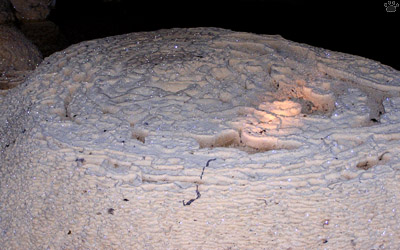
Limestone "labyrinth" in one of the caves of L'Ankarana National Park, Madagascar.
Part 6. Caves of Madagascar and Africa
Madagascar has more limestone caves than all of Africa. They are usually located in areas of spectacular karst landscape called tsingy.
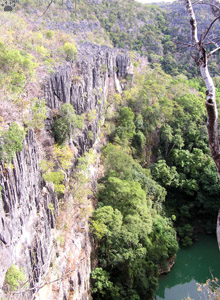
Karst sinkhole, L'Ankarana Nat'l Park, Madagascar. |
The world tsingy means "toes" - the surface of karst formations looks like tracks of bare toes. Underneath those limestone plateaus are hundreds of caves, some more than a mile long. Most have never been explored. Only a few have good speleothems, but many shelter huge bat colonies. |
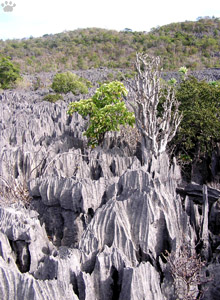
Pachypodium trees among tsingy, L'Ankarana. |
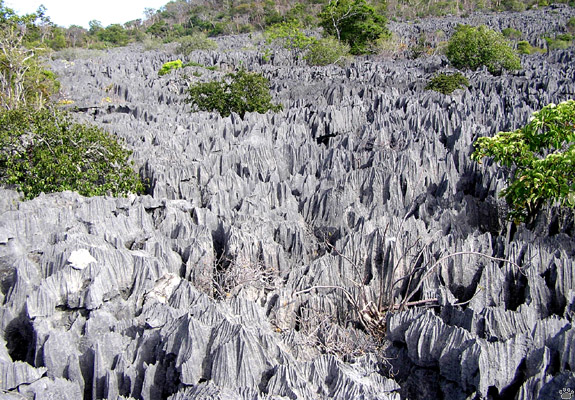
Tsingy of L'Ankarana National Park. |
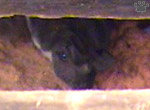
Mops condylurus bat, L'Isalo
National Park, Madagascar. |
L'Ankarana National Park has huge bat colonies - up to 30,000 in one cave. Most of bats there are flying foxes, but there's also more than a dozen insectivorous species. Almost every National park or Nature reserve on the island has interesting caves. |
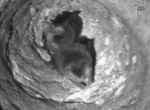
Bats Pipistrellus nanus are
only 4 cm long. L'Ankarana. |
 |
 |
|
Eilodon deppeanum and Rousettus madagascarensis fruit bats, L'Ankarana. |

One of Mount Elgon caves, Mount Elgon
National Park, Kenya. |
African caves, too, have a lot of interesting wildlife. Probably the most famous are the caves of Mount Elgon. They have salt licks, attended by elephants and many other animals.
I'm yet to visit any caves in Australia and the Antarctic, as well as the glowworm caves of New Zealand. I hope to add some info about them to these
pages eventually. If you think some other caves are worth mentioning here, please let me know.
|
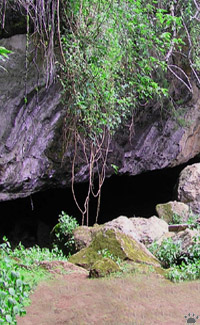
One of Mount Elgon caves, Mount Elgon
National Park,
Kenya. |
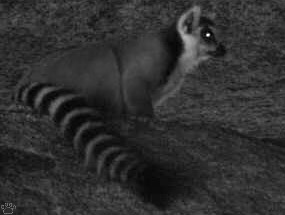
Catta lemur (Lemur catta) at a cave salt lick, L'Isalo Nat'l Park. |
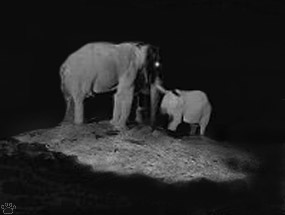
African elephants (Loxodonta africana) at a cave salt lick, Mt. Elgon. |
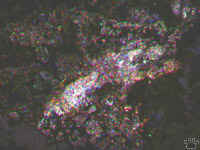
Small crystals cover the floor of a lava tunnel,
one of many on the Galapagos Islands. |
Back to Part 5
Home
|